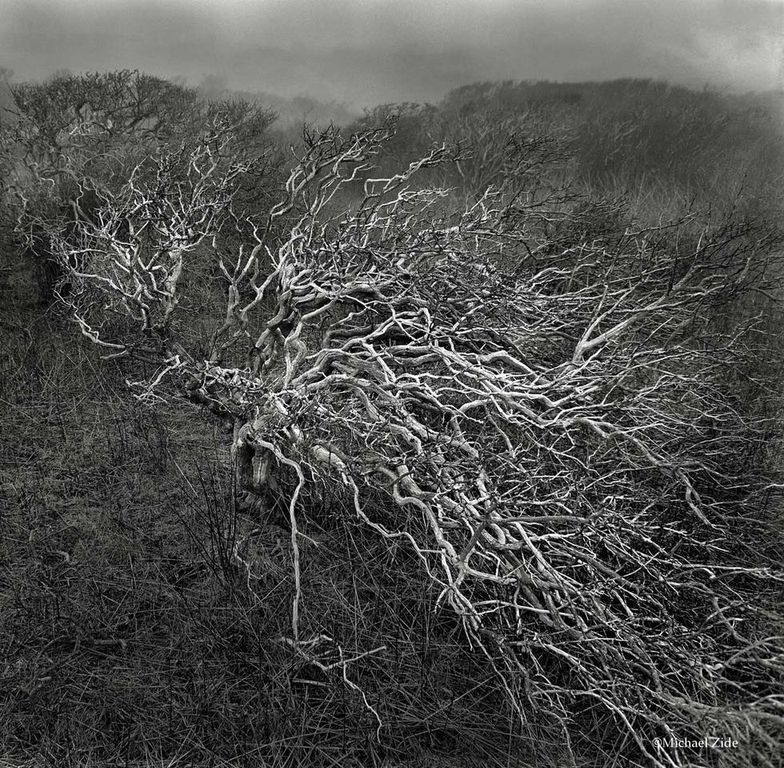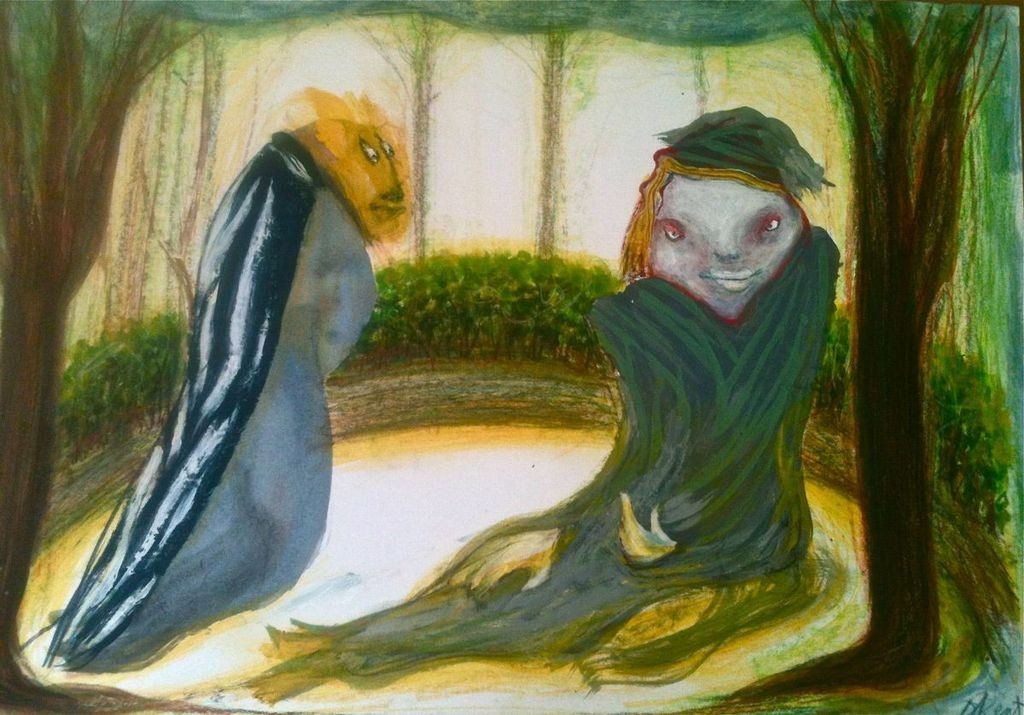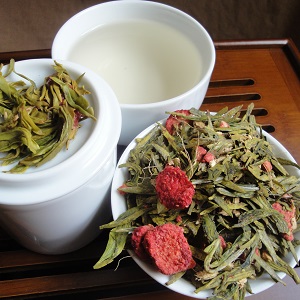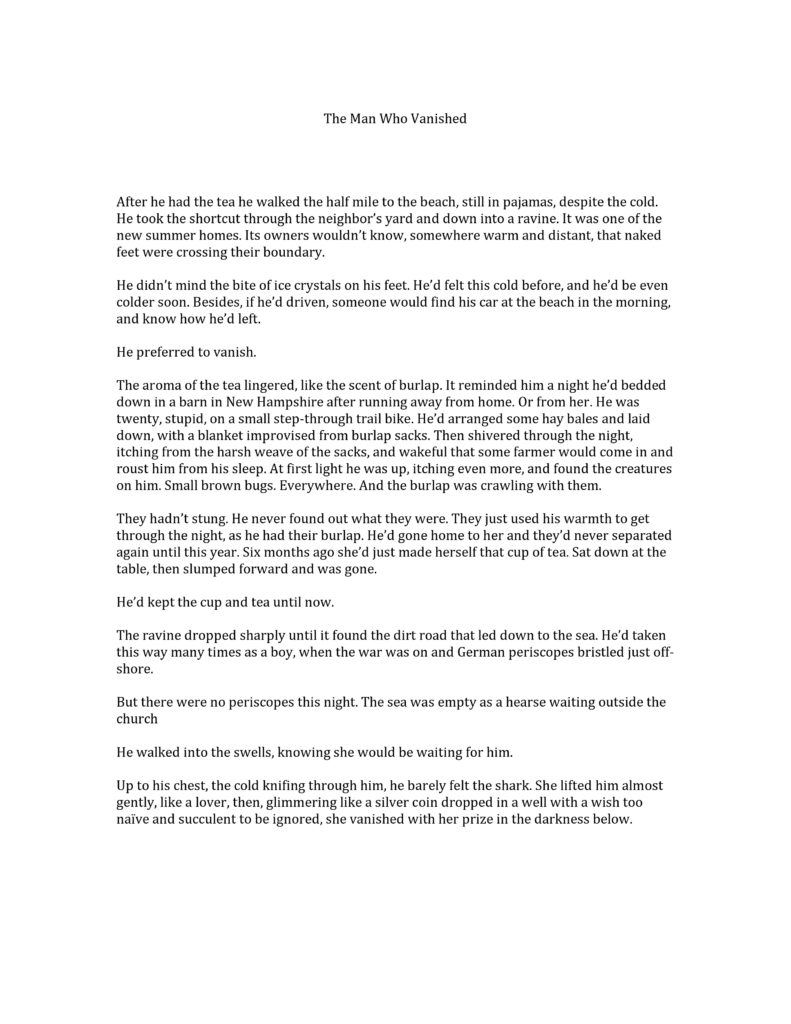
 Silver BushPhotograph by Michael Zide
Silver BushPhotograph by Michael Zide

Walking back with my two dog companions, we climbed a path that took us along the overhanging cliff that parallels the beach. In the brooding light, the bleached wood of the worn scrubby brush caught my eye. Whether writhing in pain or dancing in ecstasy, its twisted branches seemed to continue animating its dead form, resembling an undersea creature caught in the moving currents, denying it the chance to find a peaceful resting place.
Artist
Location
 What do you See?
What do you See?


 PuckerbrushSong by Carly Simon
PuckerbrushSong by Carly Simon

The first emotion I felt from the photo I interpreted [from stop 1] was anger and fear which emanated from the wiry hair-like puckerbrush. But then I noticed the subtle fog and clouds in the background which gave me a feeling of faith. I felt like God might somehow suddenly appear on the scene to save me from my fear. A narrative emerged. I imagined the image might have been captured beside a railroad track where nothing would grow. It reminded me of one time as a teenager when I accidentally took an express train out to the Bronx and it brought me all the way out to 125th Street in New York City by accident. I had to walk under a railway bridge to get to the other side of the track where I could head back. I was so scared. It was winter and so dark. I was afraid I was going to step on “the third rail” or that something terrifying would jump out at me on the other side of the overpass. The lyric “Life is angry, life is holy in the puckerbrush,” comes from my initial fear of the photo. The backing “I can only be heard by the silence,” is the fog that might deliver salvation.
Artist
Location
 What do you Hear?
What do you Hear?


 UntitledPainting by Doug Kent
UntitledPainting by Doug Kent

The song I interpreted [from stop 2] sounded like an English Celtic tune at first. I liked it. It would have been hard for me to create at all if I didn’t like it. I wanted to hear more of it. It’s very short. If I had to sum it up I’d say the song was haunted and full of mysterious movement. The word “Puckerbrush” reminded me of my younger days in the 1960s when we: James Taylor, Kingman Brewster, Jim Hull, and a bunch of our houses back then, were all connected through these dirt, unpaved, puckerbrush-lined roads. We’d ride our motorcycles or horses up to each other’s houses to hang. I haven’t heard the word Puckerbrush since then. I was living in a place off Lambert’s Cove Road at the time and raising goats in my basement. When I made this drawing I left the song on repeat and the music fed me. This drawing is what came out. When I’m drawing as opposed to painting, I just let the work come directly through me onto the page without a plan. In this case, the song spoke through me to the page. I was just the filter.
Artist
Location
 What do you See?
What do you See?


 With Eyes OpenedTea by Stacy Lim
With Eyes OpenedTea by Stacy Lim

As an interpretation of the painting in stop 3, Stacy created a tea blend called ‘With Open Eyes,’ which pairs a premium Hangzhou Dragon Well with the flavor of freshly picked strawberries, soothing ginger, and subtle buttery toffee. The chestnut, damp moss, and marine notes of the Hangzhou Dragon Well mingle with and complement the strawberry, ginger, and toffee notes.
I meditated after seeing this painting and what came to me was a story about these characters I named “Tiger God” and “The Fish Woman.” The Fish Woman is looking forward into the future where there are no boundaries, the sky’s the limit and she’s literally coming out of her shell to signify she is no longer stuck in the past. The Tiger God faces backward into the past and looks over his shoulder at her in judgment and condemnation. He is literally cloaked in tradition, secretive, stuck in the past, and in fear. To tell this story through my tea I chose a strawberry ginger toffee blend with a dragonwell base. Dragonwell represents the Tiger God. It is one of the oldest most traditional teas. It’s got a crisp sea-like taste to it and it’s light enough not to drag down the hope of the Fish woman which I represented with strawberry and wanted to be the overriding flavor. The toffee represents new directions and is the last flavor you taste.
Description Of Olfactory: I thought “How am I going to turn this painting into a tea?” I settled on a strawberry ginger toffee blend with a dragonwell base. I chose dragonwell because it’s one of the oldest teas and therefore, traditional. It’s got a crisp sea-like taste to it. It is lighter in flavor so that the hope (represented by the strawberry) can ride the flavor and not be dragged down by the traditional heavy past. I used ginger cause it’s old and global. The strawberry provides hope and knowledge that there is a good future ahead so I wanted that to be the most dominant flavor. The toffee represents new directions and is the last flavor you can taste.
Artist
Location
 What do you Taste?
What do you Taste?


 The Man Who VanishedCharacter and Plot by Wes Craven
The Man Who VanishedCharacter and Plot by Wes Craven

Sally’s Interview with Wes about his process creating this character sketch in reaction to the tea from stop 4:
Sally: Without tasting the tea, what do you remember about it?
Wes: Dry, grass-like.
Sally: If you had to choose one word to sum up the tea what would it be?
Wes: Foreboding.
Sally: What emotion did it elicit?
Wes: Longing for a sweeter day.
Sally: Take me through your process a little (from getting the tea to your creation or anything you want to share).
Wes: Got the tea. Knew I should drink it right away. Procrastinated. Hated myself for procrastinating. Finally drank it during the Christmas Holidays, always a dreadful time for me. Reminded me of burlap, which reminded me of a time long ago. Began writing without censoring, always dangerous. Pushed send before I could self-redact.
Sally: What did you title your work and why?
Wes: Something about vanishing, can’t remember. That’s what I wanted to do at the time.
Sally: What part of your work came to you first?
Wes: Too dark to say.
Sally: How do you normally create? How was this experience different?
Wes: There isn’t a single thing that’s normal about the way I create. I don’t know where it comes from, and if it can’t be more predictable, I’d prefer it stayed away. But it won’t. Nor will it be predictable. It laughs at me when I say that to it. It’s like a cat, only a lot bigger.
Sally: Are there certain choices you made that mean something specific to you that the observer might not know?
Wes: Yes, and by god the observer isn’t going to be told what those things are.
Sally: Did you enjoy this project? or is there more you want to say about your experience?
Wes: I prefer eating glass, but I was happy to do it for you. I was brought up on a steady diet of broken glass, and if I’m without it for more than a few days, I get cranky.
Artist
Location
 What do you See?
What do you See?





